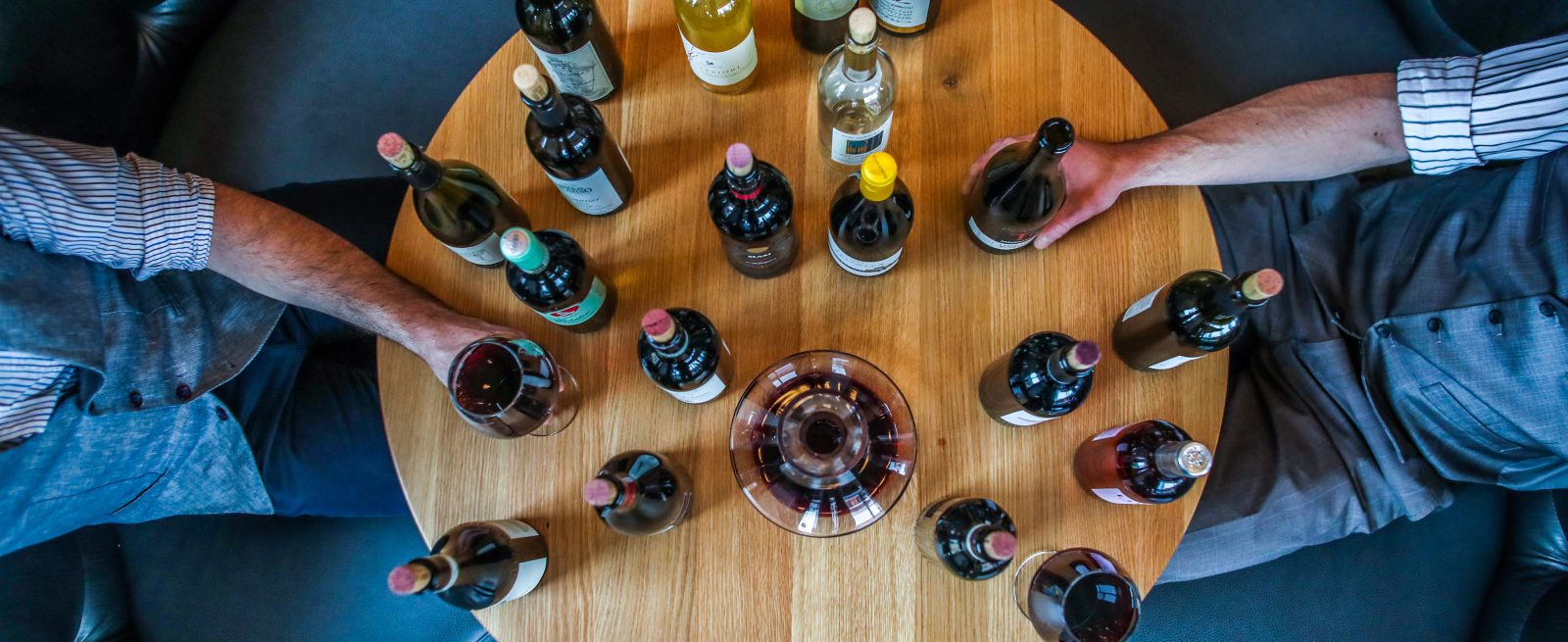Crafting the Perfect Wine List
3 Min Read By Meghan Kavanaugh
Searching for the secret ingredient to make a restaurant thrive? Look no further than a glass of red.
A wine list can make the difference between a restaurant being forgettable or standing out, and it can be instrumental in improving your restaurant’s bottom line. Wine provides outstanding potential for markup–an average of 500 to 600 percent, according to Consolidated Food Service. And those guests who order wine are also more likely to order dessert and appetizers, tacking on even more profit to the tab.
However, maximizing those profits requires a strategy. Data shows that the average guest spends about 109 seconds looking at a restaurant menu, giving you less than two minutes to attract your customers. Needless to say, having a strategy around planning and designing your wine list is essential. The more accessible you can make your wine options the happier you (and your bottom line) will be.
Read on for seven tips for building and designing the perfect wine list for your restaurant.
Selecting Your Wine
Versatility is Key
When building your wine list, recognize the importance of variety. Beyond just offering a few options of reds, whites, and rosés, your wine selection should be as complex and diverse as the diners walking in your door. The best wine lists offer an option for every diner’s taste buds, whether they’re looking for something full-bodied, oaky, light, fruity, or effervescent. With thousands of grape varietals to choose from, hone in on those that aim to satisfy a melange of cravings and price points. Fine dining restaurants should consider the young couple looking to enjoy a night out without breaking the bank, as well as the well-heeled clientele looking for something from the top shelf.
But a Focus is Essential
A diverse selection is a strong starting point, but a true sommelier will tell you that, at the end of the day, wine should complement your chef’s food. Your restaurant is one cohesive brand. Just as music should work with the decor, the wine list should be in harmony with the dining menu, and everything should contribute to the restaurant’s overall mission and vibe. If your restaurant leans eclectic, consider drawing from vineyards around the world. If local ingredients are a focus, seek out wines that are made nearby. And once you’ve assembled the list, make sure to host a staff food and wine tasting so everyone will have an answer to the inevitable question: “What do you recommend?”

Keep Seasons in Mind
With summer approaching, have fun with your definition of wine. Consider a wine spritzer or two, or adding sangria into the mix. A wine menu should shift seasonally since different seasons call for the quenching of different thirsts. In autumn, diners crave a crisper edge to their wines like that found in a Chilean Pinot Noir or a white Bordeaux. Come winter, add a few deep-bodied reds with a spice to pair with the heavy and rich foods guests crave.
Don’t Forget the Holidays
Holiday-specific wine lists are another way to add variety to your vino. Let your diners take a load off on Labor Day, by offering a selection of spring rosés and spritzers.
Menu Design
Don’t List by Price
Having the right bottles in stock is only half the battle. Be sure to design your menu so it guides diners’ eyes to a selection with the highest profit margins. While it can be tempting to list wines in order from least to most expensive, this approach actually directs the eye to the lowest priced items. On the flip side, however, listing the most expensive options first can give customers a high bar to compare against. Still, if you want them to explore and appreciate your wine selection, organize the list into categories, whether it’s as simple as reds, whites, and bubblies, or more specifically by region, varietal, or tasting notes.
Be Particular about Punctuation
Did you know that attaching a dollar sign to the price of an item actually increases the customer’s attention to the fact that they’re spending money? The same applies to both using punctuation, like a series of periods or dashes, to connect the name of the wine to the price, and listing all of the prices in one column. Instead, keep the design simple and include the number directly after the name of the wine. It’s also strategic to end prices with a .95 instead of a .00, as it gives the customer the impression that they’re spending less.
Make the Wine List User-Friendly
With many restaurants discovering that the average diner can be intimidated by a large book of bottle options, digital wine lists are on the rise. This high-tech option can help your guests from feeling inferior, allowing them to explore the list in their own way by searching by flavor, ideal pairings, or grape varietal. Even better, you can include descriptions of each wine without needing to print out page upon page of options every time your menu changes.
Building a wine list can seem overwhelming, but if you pair your wines with your food and brand, while considering seasonality and menu design, it can be a manageable, and even enjoyable, process. Don’t forget to have a few sips yourself. It’s all in the name of research, after all.


